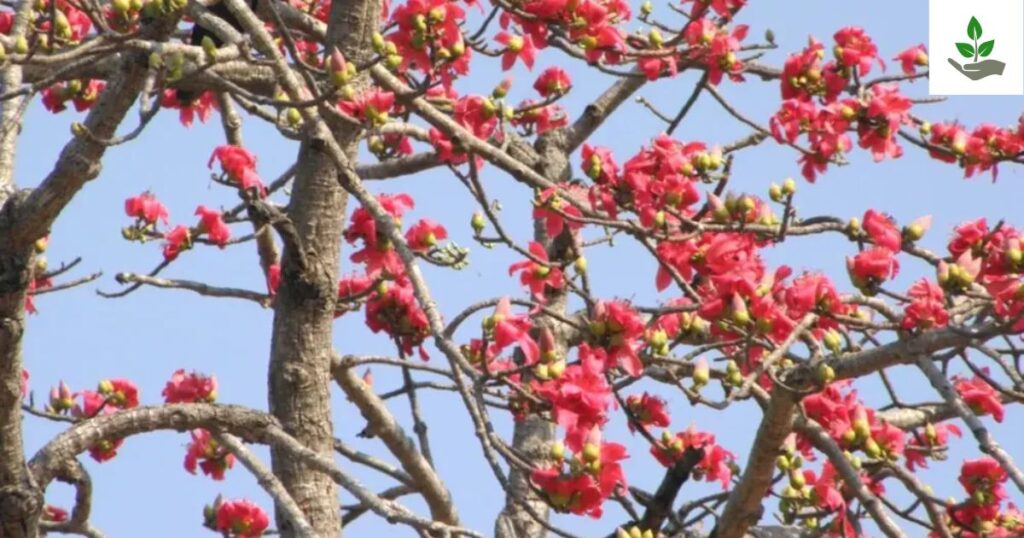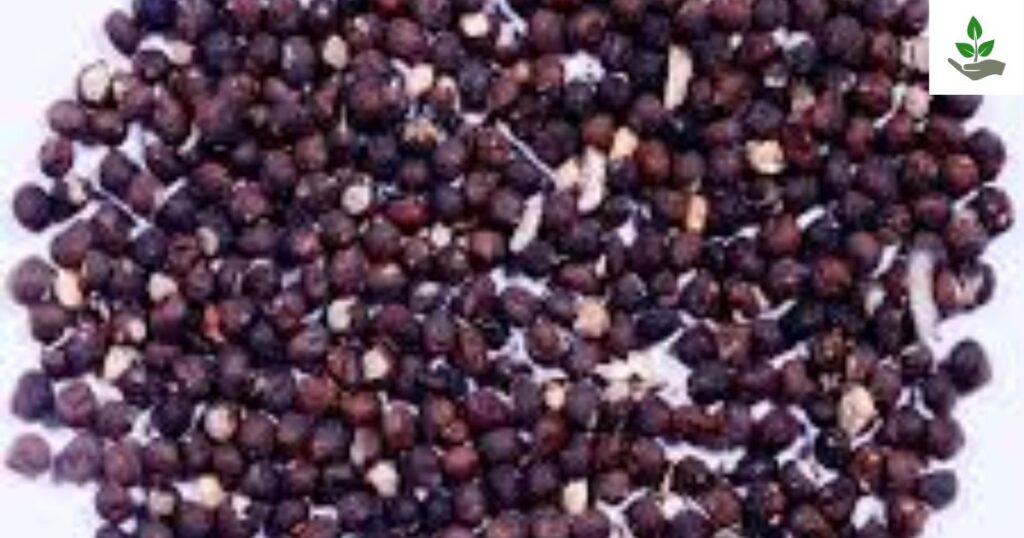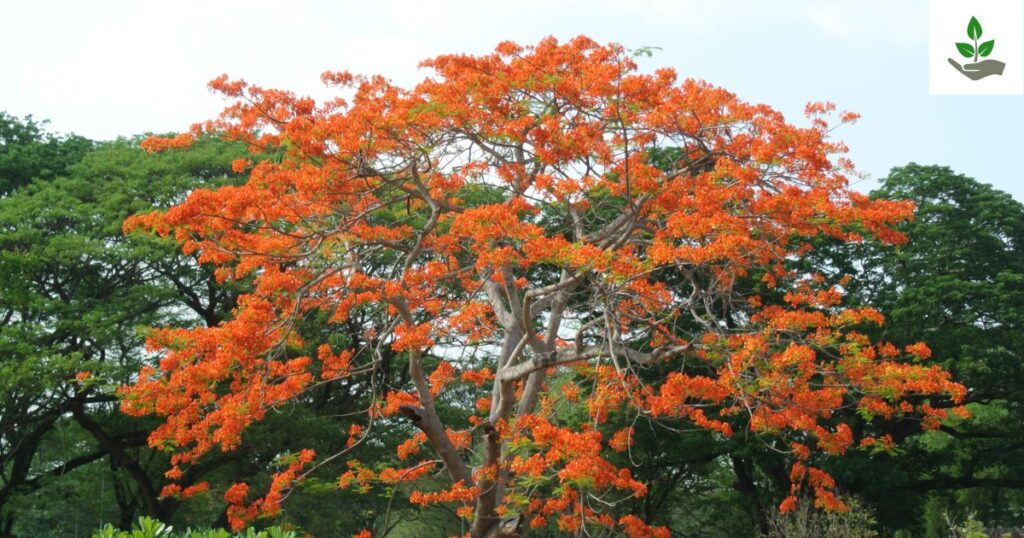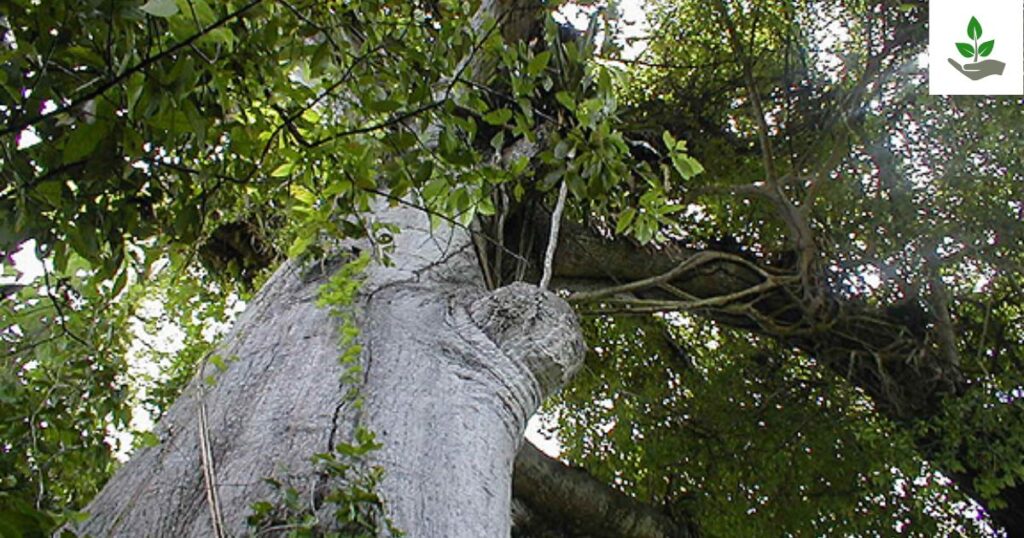Silk Cotton Tree Care, Seeds, Planting and Benefits
The silk cotton tree also known as the kapok tree or ceiba tree stands as a majestic botanical wonder renowned for its impressive size, distinctive thorny trunk and beautiful flowers. Native to tropical regions of the Americas, Africa, and parts of Asia this magnificent tree has captivated cultures for centuries with its towering presence and ecological significance.
Whether you are considering adding this spectacular specimen to your landscape or already nurturing one, understanding its unique growing requirements and maintenance needs is essential for ensuring its healthy development and longevity. This guide will explore the fundamental aspects of Silk Cotton Tree Care from site selection and planting to watering, fertilization and protection against common pests and diseases.
What is a Silk Cotton Tree?
It is a grand tropical giant celebrated for its large size and characteristic look. Originating from rainforest areas of the Americas Africa and Asia this deciduous tree grows to heights of 150 feet with an enormous trunk that is commonly buttressed by theatrical buttress roots. Its name comes from the silky cotton-like fiber kapok contained within its large seed pods that has been used for centuries to fill pillows, mattresses and life preservers.

The tree is easily identifiable by its thorny trunk on young specimens, horizontal branch pattern and spectacular seasonal show of cream to pink flowers that appear when the tree is bare. Aside from its utilitarian applications the silk cotton tree is of profound cultural and spiritual importance in most indigenous cultures where it is commonly considered a sacred tree that bridges the material and spiritual worlds.
Silk Cotton Tree History
It boasts a rich historical legacy spanning thousands of years across multiple continents. Revered as sacred by ancient Mayan civilizations who considered it the axis mundi connecting the underworld earth and heavens, these majestic trees were often central to community gathering places. Indigenous cultures throughout tropical America, Africa, and Southeast Asia incorporated the tree into their mythologies and spiritual practices, believing it housed spirits or deities.
Economically the tree gained global significance during the colonial era when its buoyant kapok fiber became prized for life jackets and maritime safety equipment, even playing a crucial role during World Wars I and II. The tree’s massive canoes carved from single trunks facilitated trade networks along river systems in pre-colonial times, while various parts of the tree found uses in traditional medicine across cultures. Today these living monuments, some specimens over 250 years old stand as testaments to both natural history and human cultural development across the tropics.
Silk Cotton Tree Seeds
Its seeds develop out of characteristic large oblong pods prominently hanging from the branches of the tree following flowering. Mature woody capsules burst open with dramatic flair to release hundreds of small dark seeds infilled in a cloud of soft, silky white fibers called kapok. These light seeds that are roughly 4-6mm in diameter, are well suited to wind dispersal since the cottony kapok fibers serve as nature parachutes, which can carry them quite a distance from the parent tree.

Though germination is difficult and demands special conditions of heat, water and light to overcome dormancy, newly collected seeds generally exhibit better percentage viability. For planting, seeds are ideal if taken fresh from recently opened pods and planted immediately in good draining soil with regular moisture until roots have established.
Silk Cotton Tree Planting and Growing
Silk cotton tree planting and cultivation call for consideration of its tropical origin and final massive size. These colossi grow best in USDA zones 10-12 in full sun with well draining soil. Plant it in a wide area at least 30 feet away from any building since the tree can grow up to 150 feet tall with the same generous spread.
Begin by digging a hole twice the size of the root ball but not deeper, placing the tree at the same depth it grew before. Young trees appreciate frequent watering for the first two years to form deep roots, although mature ones are quite drought resistant.
Guide About Silk Cotton Tree Care
Silk cotton trees are low maintenance once planted requiring little care, and can be a fairly easy addition to appropriate landscapes. Tropical giants need regular moisture in their early years with deep watering every week or every other week based on rainfall although mature trees are surprisingly drought resistant. Fertilization is not usually required in rich soils but young trees appreciate once a year early in the growing season, application of balanced slow release fertilizer.

Monitor for possible pest problems like scale insects or mealybugs especially in wet settings treating infestations early on with horticultural oils. The massive size of the tree requires careful monitoring of the stability of its enormous branches especially where they are exposed to heavy winds or hurricanes. Young trees might need frost protection during colder winter months especially where the growing conditions are marginally appropriate.
Silk Cotton Tree Uses And Benefits
- Kapok Fiber Production: The silky fiber from seed pods serves as a natural filling for pillows mattresses and upholstery due to its exceptional buoyancy and insulating properties.
- Maritime Safety Equipment: Historically crucial for life preservers and flotation devices as kapok can support up to 30 times its weight in water.
- Timber Resource: The lightweight wood is harvested for making canoes, drums, furniture, and crates in many tropical regions.
- Traditional Medicine: Various parts of the tree are used in folk remedies for treating fever dysentery diabetes skin conditions and respiratory ailments.
- Ecological Habitat: Provides crucial nesting sites and food sources for diverse wildlife, including birds, bats, and numerous insect species.
- Soil Conservation: Extensive root systems help prevent erosion and improve soil structure in vulnerable tropical landscapes.
- Carbon Sequestration: These massive trees efficiently capture and store carbon dioxide, helping mitigate climate change impacts.
- Shade Provision: Creates significant cooling through its expansive canopy in hot tropical environments.
- Cultural Significance: Holds immense spiritual and ceremonial importance in many indigenous cultures across the tropics.
- Edible Components: Young leaves and seeds are consumed in some regions, with the seeds yielding cooking oil in certain cultures.
Silk Cotton Tree Fun Fact
- Some silk cotton trees live for over 700 years with specimens in West Africa estimated to be nearly a millennium old.
- Young trees develop distinctive conical thorns on their trunks as a defense mechanism which gradually disappears as they mature.
- Their fragrant flowers often open at night and are primarily pollinated by bats rather than bees or butterflies.
- One mature tree can produce up to 4000 seed pods annually, containing enough kapok fiber to fill hundreds of pillows.
- The Maya civilization considered it the World Tree Yaxche believing it connected the underworld earth and heavens.
- Their distinctive root formations can extend 30 feet from the trunk, acting as lying buttresses similar to those on Gothic cathedrals.

- Natural hollows in their massive trunks can collect rainwater, creating microhabitats for various organisms.
- Some indigenous cultures plant silk cotton trees according to specific moon phases, believing this influences their growth and strength.
- The silk cotton tree appears on the coat of arms of Equatorial Guinea and is the national tree of Puerto Rico known there as ceiba.
- A mature tree’s horizontal branches can spread over 150 feet creating one of nature’s most impressive natural canopies.
Read More Post: Millingtonia Hortensis Care, History, Planting and Benefits
Conclusion
Taking care of a Silk Cotton Tree involves patience, respect and care for its natural growth process. Though these stunning trees require precise conditions to flourish especially in terms of climate space and soil condition the benefits of caring for such an exceptional botanical specimen are countless.
Aside from their undeniable elegance and powerful presence, silk cotton trees are also of great importance to native ecosystems by virtue of feeding and sheltering wildlife, purifying the air and even assisting in soil erosion control with their wide-spreading root systems. Nurtured well and with respect to its requirements your silk cotton tree can thrive as a living landmark to provide shade elegance and environmental advantages for decades and even centuries ahead.
FAQs
2. What are the distinctive features of the Silk Cotton Tree?
Large buttress roots that provide support for the massive trunk.
Spiny bark when young, becoming smoother as the tree matures.
Palmate leaves with 5-8 leaflets.
Large, showy flowers that are typically white or pink.
Capsule fruits containing cotton-like fibers and seeds.
Deciduous nature, losing its leaves during the dry season.
Where is the Silk Cotton Tree found?
The Silk Cotton Tree is found in tropical and subtropical regions, particularly in India, Southeast Asia, and parts of Africa and South America. It thrives in moist, lowland forests, often near rivers or in hilly areas.
How tall does the Silk Cotton Tree grow?
The tree can grow up to 30 meters (100 feet) tall, making it one of the taller trees in its native regions.







